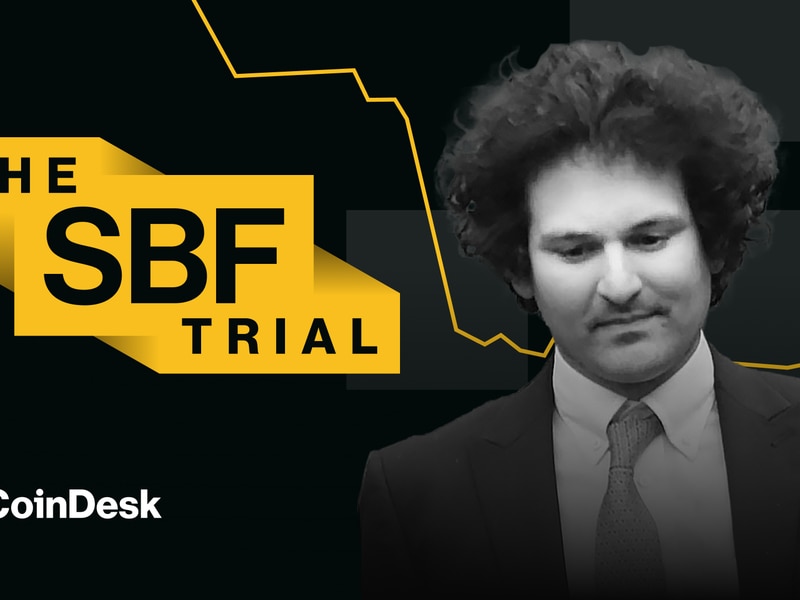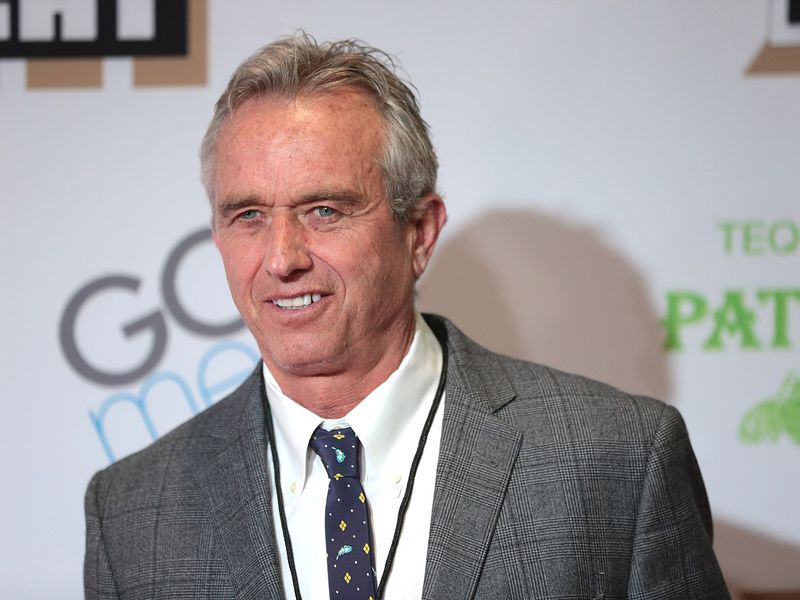Shyft Network to Build FATF-Compliant ‘Identity Layer’ for Polkadot
Shyft Network co-founder Joseph Weinberg speaks at Consensus 2018. (Credit: CoinDesk archives)
Shyft Network to Build FATF-Compliant ‘Identity Layer’ for Polkadot
Shyft Network is adding yet another blockchain to its decentralized digital identification network.
The Barbados-based firm announced its intentions to build out a Polkadot parachain based on Parity Technologies’ Substrate network. The move is part of Shyft’s larger effort to create a universal standard for cryptocurrency regulatory compliance. It also complements Polkadot’s primary focus on interoperability.
“Once fully deployed, the Shyft chain will enable Polkadot users to bridge identities from other networks, and from DApps built on other networks, to all Polkadot parachains,” Shyft wrote in a statement. “In other words, Polkadot users will have access to their interactions on DApps built in other ecosystems.”
Shyft is looking to become an “identity layer” for Parity’s permissionless blockchain network, the firm said in a statement. Polkadot is set up so that anyone can build their own parachain.
In an interview, Shyft co-founder Joseph Weinberg described the firm in two parts: a digital ID application tool – such as one created for the island nation of Bermuda – and architecture for compliance between governments, blockchain firms and users.
“To the best of our ability, we want to be able to provide open tools and infrastructure so that companies or smart contracts or non-custodial wallets … are able to at least partially solve the problem,” Weinberg said, describing the recent global regulation from the Financial Action Task Force (FATF) known as the “Travel Rule.”
Weinberg said he helped write regulations for crypto governance in multiple countries, including Bermuda and Mauritius. Shyft is adding those standards to every blockchain for ease of use, he said.
The dedication to interoperability means Shyft is code-heavy compared to other blockchains, having “one of the largest, if not the largest, contract codebases” in the industry, Weinberg said. The firm’s blockchain itself is a version of the Ethereum Virtual Machine (EVM). This means that every public blockchain Shyft wants to provide tools for has to be built manually, sometimes from the ground up.
Minus its experimental testnet, Kusama, Polkadot has yet to launch. Once it does, Shyft intends to be ready.
“Excited to see more projects integrating with Polkadot,” Parity Technologies spokesman Peter Mauric told CoinDesk in a DM. “The goal is to provide Web3 project devs with all the options.”
Binance, the largest cryptocurrency exchange by volume, recently signed Shyft to build solutions for the Travel Rule.
FATF created the guidance in 2019 concerning the movements of cryptocurrency across national borders. The global regulatory watchdog’s framework is a cornerstone of Shyft’s work, particularly after hiring two former FATF members as advisors last October.
Disclosure Read More
The leader in blockchain news, CoinDesk is a media outlet that strives for the highest journalistic standards and abides by a strict set of editorial policies. CoinDesk is an independent operating subsidiary of Digital Currency Group, which invests in cryptocurrencies and blockchain startups.








